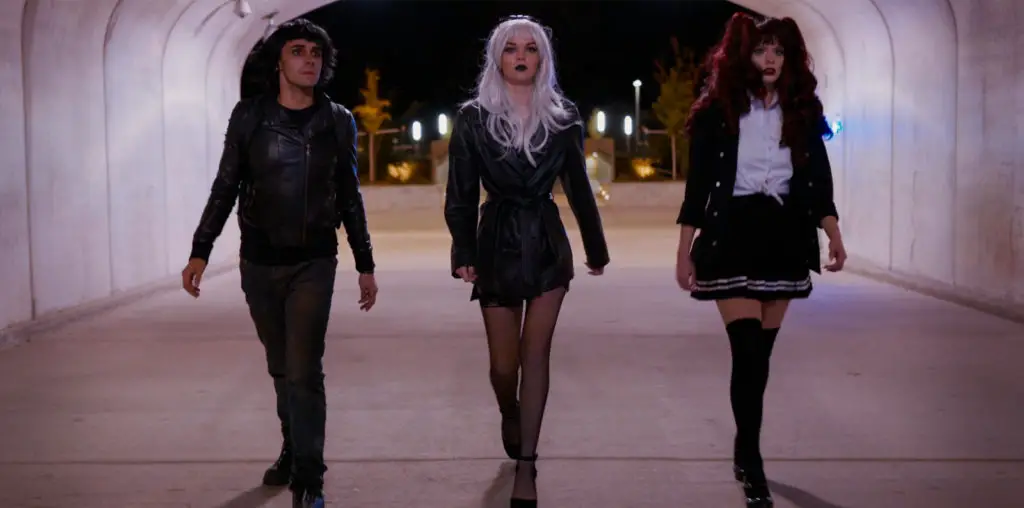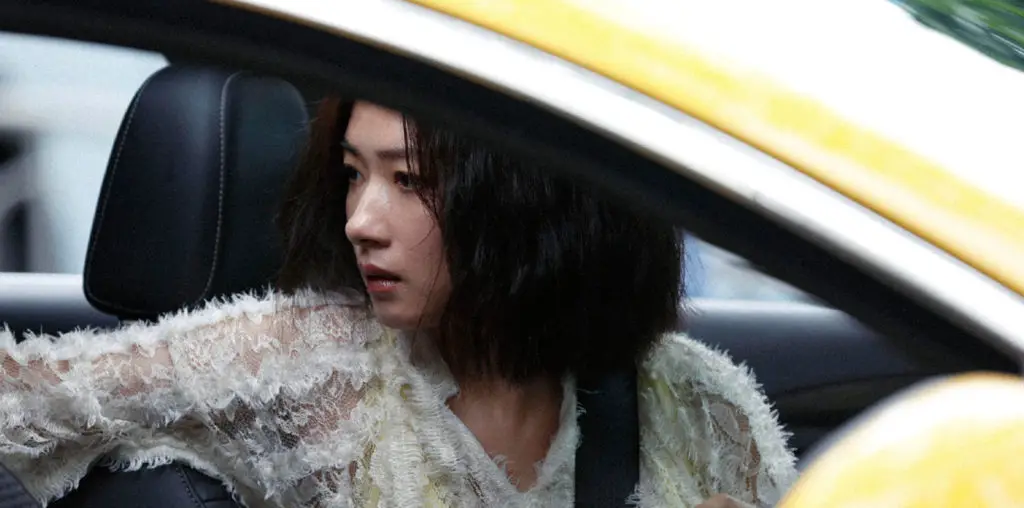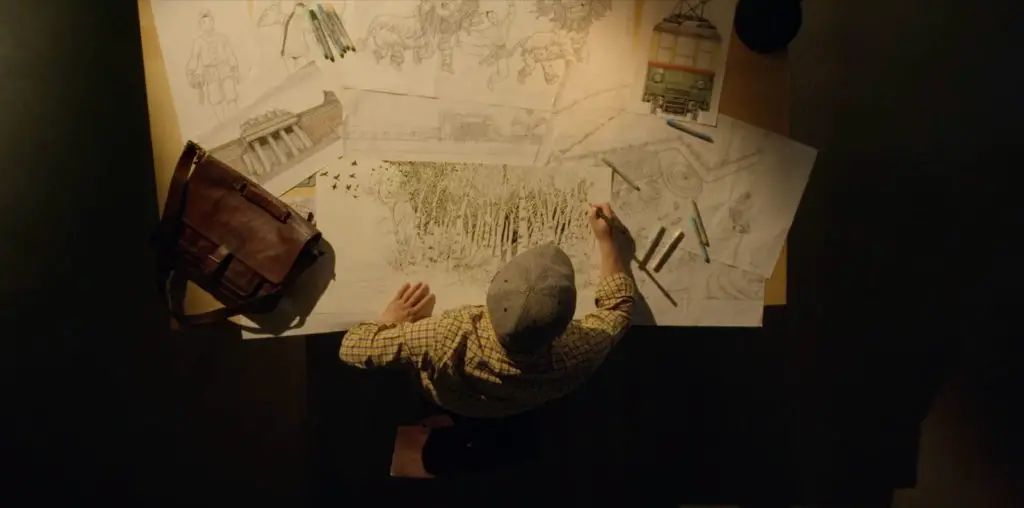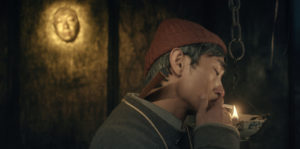
Writer-director Qiu Jiongjiong’s A New Old Play opens with two affable demons, Oxhead and Horseface, personified as humans, pumping the front tire of the rickshaw they use to shuttle souls to the afterlife. This moment, an eccentric mixture of the supernatural and the every day, the pastoral and economic, is symbolic of the drama’s style. It is a tale of art and history told with astonishing imagination.
Fundamentally, this is a theatre-like dramatization of Chinese politics during the twentieth century. Central character Qiu Fu (Yi Sicheng) has been ushered into the afterlife and recounts his life as a member of the New-New Theatre School, a troupe of operatic performers from the Sichuan Province. Qiu’s life unfolds across several important historical eras, from the Chinese Civil War to the Second World War, to the rise of Communism and the Cultural Revolution.
By leagues, the most salient aspect of A New Old Play is its presentation. Every shot is dressed as though it is a scene in an actual play. Accordingly, the sets are assemblages of beautifully realized theatre props. However, the faux brick and mortar of the stage are interspersed with authentic objects — real brick and real mortar, so to speak — creating a wonderful visual suggestion that straddles the line between realism and surrealism. In this context, the characters take on a powerful duality. Though their actions and demeanors carry a quotidian guise, there is the constant, unspoken sense of something vast, indeterminate, and menacing lurking just behind that common veneer. This symbolism is punctuated by wickedly puckish humor, which shines through in moments of subtle but (and I can’t understate this) genuine hilarity.
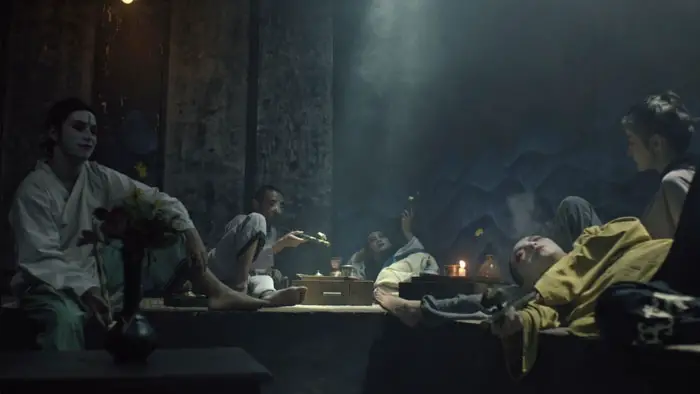
“…unfolds across several important historical eras, from the Chinese Civil War to the Second World War…”
The narrative is based on the life of the filmmaker’s grandfather. This intimate framework infuses every scene with a quiet but no less tangible reverence for history. Its unvarnished observations resonate without any overt declaration — the plot is merely told as a story. Further, while the dreamlike bent suggests that the events being enacted are not necessarily literal remembrances, the film is also confident in itself as summarily true. Its narrative acts as both conglomeration and throughline of many similar tales from that period. As such, it gracefully reveals the zeitgeist of the era, rendering the plot, in a historical sense, more authentic than any singular recounting.
The only major drawback of A New Old Play involves how it’s been translated to the silver screen. Though it is epic in scope — and rightly so — this is fundamentally a play, not a film. As such, the somewhat plodding pace of a play without intermission is felt across all three of its hours.
Still, that is no fatal criticism. A New Old Play is a wholly worthwhile endeavor. It is as multilayered as the traditions of old and as daring as the convictions of new. Like the afterlife, which frames its narrative, Jiongjiong has crafted a pointed study of how the deeds of history remain and resonate through time. “We’ll stay here forever, undead, as stray ghosts. Together for eternity.”
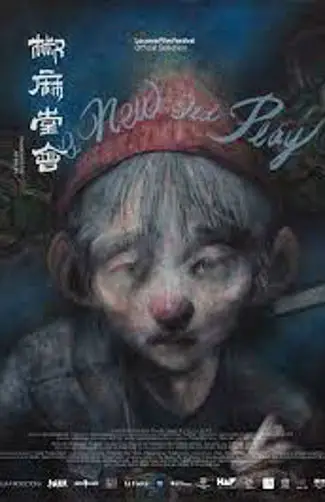
"…as multilayered as the traditions of old and as daring as the convictions of new."
